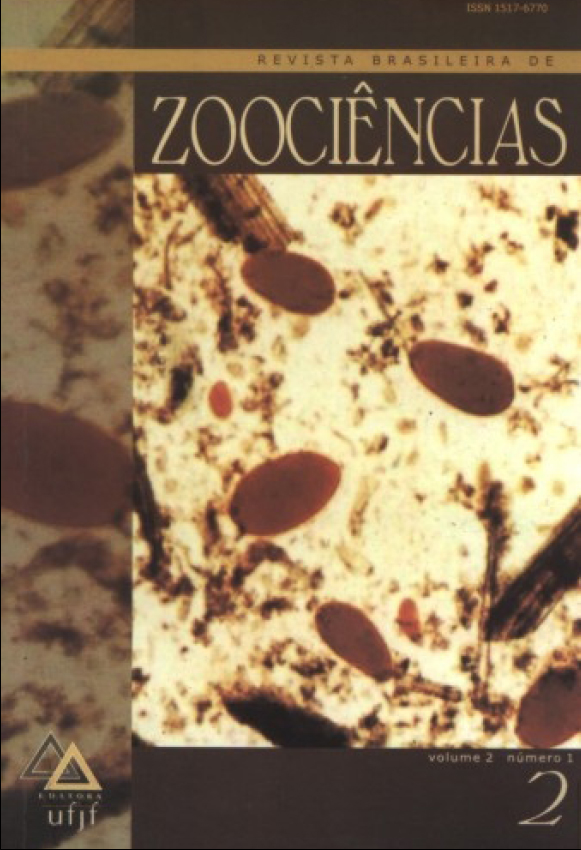Pectoralis and semimembranosus muscle fiber alterations in migrating bird (Branta leucopsis) during embryonic, neonatal and adult stages
Abstract
Some migrating birds, although young, develop musculature capable of sustaining prolonged flights. Such physical capacitation involves muscle fibers alterations which occur in a short space of time between hatching and migration. Considering that myosin is the major contractile protein of the muscle fiber, the myosin heavy chain (MHC) behaviour in pectoralis and semimembranosus muscles of a migratory bird (barnacle goose - Branta leucopsis Bechstein) is evaluated in this paper, using different monoclonal antibodies. The EB165 and B103 monoclonal antibodies were used for the immunocytochemical recognition of MHC isoforms of fast-twitch fibers of two populations (captive and wild) of the barnacle goose during different stages of development. Distinct fiber types of the pectoralis and semimembranosus muscles were recognized through variations in the reactions of the antibodies with the MHC during the embryonic, neonatal and adult stages of the migrating and captive barnacle geese. Differences regarding the antibodies reactivity between the two populations were not observed.Downloads
Download data is not yet available.
Downloads
Published
2009-09-10
Issue
Section
Artigos



